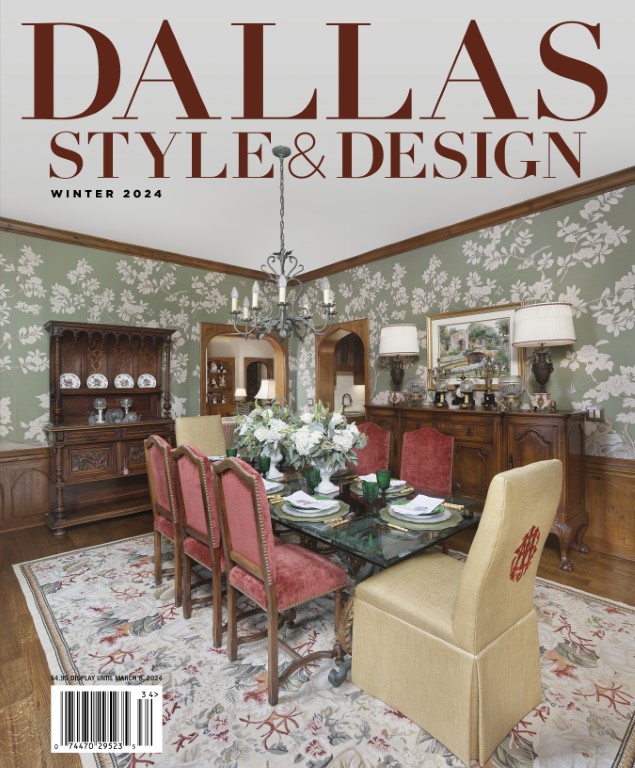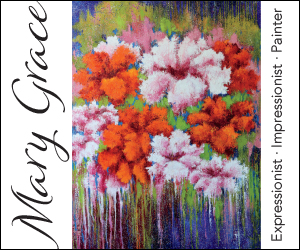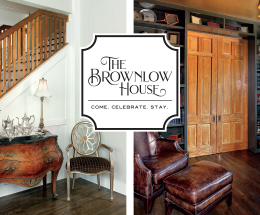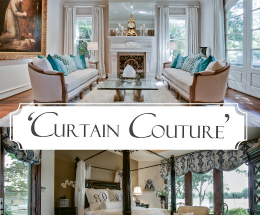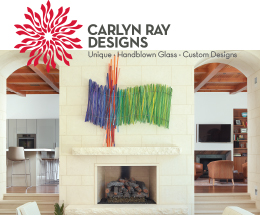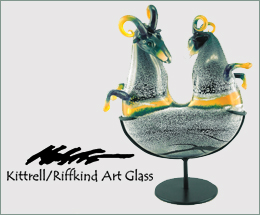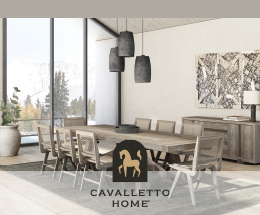 The French have a way with design, a flair for living well and a great respect for tradition and heritage. Bruno de la Croix- Vaubois walks proudly through Country French Interiors, his business of 31 years, pointing out details of relics from a bygone era. Each piece has a long history and heritage that Bruno values. “Who has been sitting on that bench over the past 300 years?” he asks. “I wish I could go back in time and see what this bench has seen over the past three centuries.”
The French have a way with design, a flair for living well and a great respect for tradition and heritage. Bruno de la Croix- Vaubois walks proudly through Country French Interiors, his business of 31 years, pointing out details of relics from a bygone era. Each piece has a long history and heritage that Bruno values. “Who has been sitting on that bench over the past 300 years?” he asks. “I wish I could go back in time and see what this bench has seen over the past three centuries.”
As a native of Versailles, France, and a long-time resident of Dallas, Bruno enjoys the opportunity to bring something of his heritage here—and not just his own heritage, but that of Americans’ as well. Most Americans came from Europe, he says, so his European antiques are a part of our past. “This is a way to get some heritage back,” he says. “To have something from the old continent is important to me.”
Established in 1986, Country French Interiors, with its 9,000-square-foot showroom located in the heart of the Dallas Design District, specializes in 18th- and 19th-century French antiques. In addition to exquisite antique furniture, including armoires, buffets, commodes and tables, the showroom features a large selection of decorative items, from mirrors and chandeliers to ancient tapestries and objets d’art.
Bruno’s son Chris is integrally involved in the day-to-day operations of the business. He keeps their very user-friendly website (countryfrenchinteriors.com) up to date with new pieces as they come in. He and his father handpick nearly all of the items for the showroom. Preferring to purchase their pieces in person rather than online, the pair travel to France a few times each year. “We need to touch them, to feel them, to smell them,” Bruno says.
What the two know and like are French antiques. Father and son can pretty much tell instantly if a piece is a true antique or if it is simply a good replica. They open and close drawers and examine the construction and details, such as the type of nails used, to determine whether a piece carries centuries of history in its structure.
Some pieces will have minor restorations. It is normal for an old armoire to have its legs replaced, Bruno explains. “It’s just like a car with 100,000 miles that won’t have the original tires anymore,” he says. However, the essence of the piece should be original.
Bruno is very upfront about the provenance of each piece in his showroom and which parts are updated or enhanced. In the rare case of a replica in his store, he is open with his customers about its origin. Any reproductions he does carry are made from old wood and mirror the style of 18th and 19th centuries.
Bruno and Chris also view antiques as an investment. You can buy an antique, use it for a few decades and then sell it. Antiques usually hold value. The same is not true of new furniture. “And it’s not like a car, either, where you lose 25 percent of the value as soon as it leaves the parking lot,” Chris de la Croix-Vaubois explains.
While valuing the history and integrity of each piece, Bruno remains keenly aware of how his antiques will be used, and he sometimes modifies them for the modern era. For example, coffee tables and bar stools did not exist in the 18th and 19th centuries, so he will cut or extend table and chair legs to adapt them for today’s practical uses.
Whether a customer is looking for one particular piece or setting out to furnish an entire home, Bruno and his staff are there to help. They regularly take custom orders for pieces they do not have on hand. “Whatever you are looking for, we can find it, and the price will be right,” he says. “Give us time, and we can find what you need.”
Krista Franks Brock is a freelance
writer and editor in Dallas. For more
information, visit kristafranksbrock.wordpress.com.

